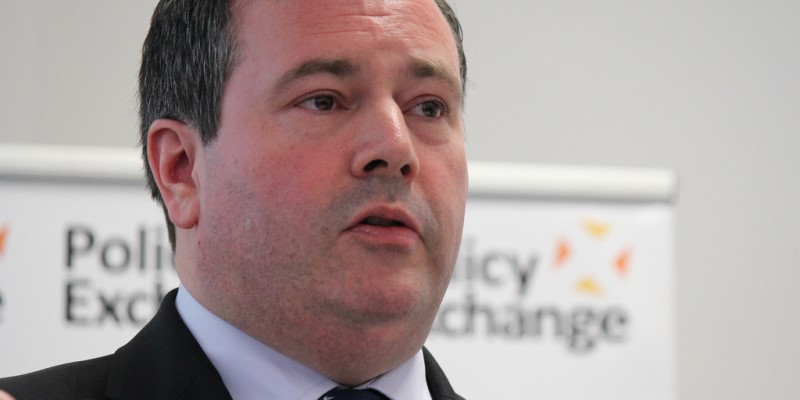Alberta’s smaller than anticipated deficit shouldn’t lead to complacency

Alberta’s yearend financial report was released at the end of June, and painted a slightly less dim view of provincial finances than previously forecasted. The provincial deficit clocked-in at $6.7 billion, roughly two billion less than the $8.8 billion forecast in the 2018/19 budget. The smaller-than-expected deficit was due entirely to higher than anticipated revenue—mainly due to an increase in non-renewable resource revenue.
While extra resource revenue is welcome news, it also shouldn’t distract from the chronic inability of Alberta governments to keep the growth of government spending in check—an inability that’s produced a nearly unbroken chain of deficits since the onset of the global financial crisis in 2008. The new government must break that habit by exercising some long overdue fiscal restraint, rather than waiting and hoping for another oil and gas bonanza that may or may not materialize.
Closing the books on the 2018/19 fiscal year means the provincial government has officially recorded 10 deficits in 11 years. While those seeking partisan advantage may blame one party or one premier, these deficits happened because multiple governments (of varying political stripe) increased program spending by more than the combined rate of inflation plus population growth.
And the chronic deficits have taken a toll on Alberta’s finances. Consider this. In 2007/08, the provincial government’s financial assets exceeded its liabilities by roughly $35 billion, meaning it was the only government in Canada with no net debt. Fast-forward just over a decade and the government has more than $27 billion in net debt. While that’s still less (on a per person basis) than other provinces, at this pace Alberta’s debt interest costs (per person) will soon catch up to British Columbia and Saskatchewan. Specifically, Alberta’s debt interest costs were more than $400 per person (and climbing) in 2018/19, up from just $61 in 2007/08. The longer the government waits to stem debt accumulation, the more Albertans must spend on servicing the debt rather than paying for services or receiving tax relief.
Repairing Alberta’s finances won’t be easy. Balancing the budget is only the first step, since it will almost certainly be done in part with natural resource revenues, some of which should be saved in the province’s Heritage Fund. Moreover, capital spending accounts for billions of dollars annually—and is not counted towards the deficit. So the case for balancing the budget quickly is strong.
While the yearend report did not provide updated projections for future revenue and spending growth, the previous quarterly report estimated that total provincial revenue would reach $56.5 billion in 2020/21. While that number is far from guaranteed, remember that the 2018/19 number was understated. In fact, total spending for 2018/19 came in at just under $56.5 billion. In other words, if the Kenney government freezes total spending for two fiscal years, it would have a very good chance of balancing the budget in that time frame.
Again, freezing total spending won’t be easy. But that level of restraint would pale in comparison to the sharp spending cuts during the Klein era. The sooner the government balances the budget, the less painful debt interest costs will be down the road.
While a smaller-than-expected deficit is good news, the Kenney government should not be complacent. It should rein in program spending, rather than hoping for more happy revenue surprises.
Author:
Subscribe to the Fraser Institute
Get the latest news from the Fraser Institute on the latest research studies, news and events.

